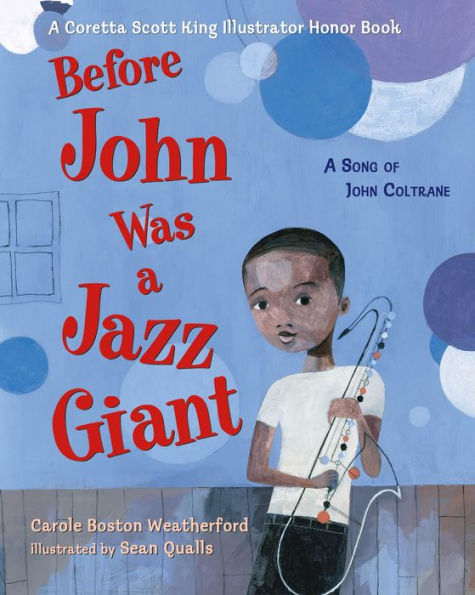5
1

Before John Was a Jazz Giant: A Song of John Coltrane
32
Before John Was a Jazz Giant: A Song of John Coltrane
32
8.99
In Stock

Product Details
| ISBN-13: | 9781250822703 |
|---|---|
| Publisher: | Square Fish |
| Publication date: | 04/05/2022 |
| Pages: | 32 |
| Sales rank: | 190,236 |
| Product dimensions: | 7.70(w) x 9.80(h) x 0.20(d) |
| Age Range: | 5 - 9 Years |
About the Author
From the B&N Reads Blog
